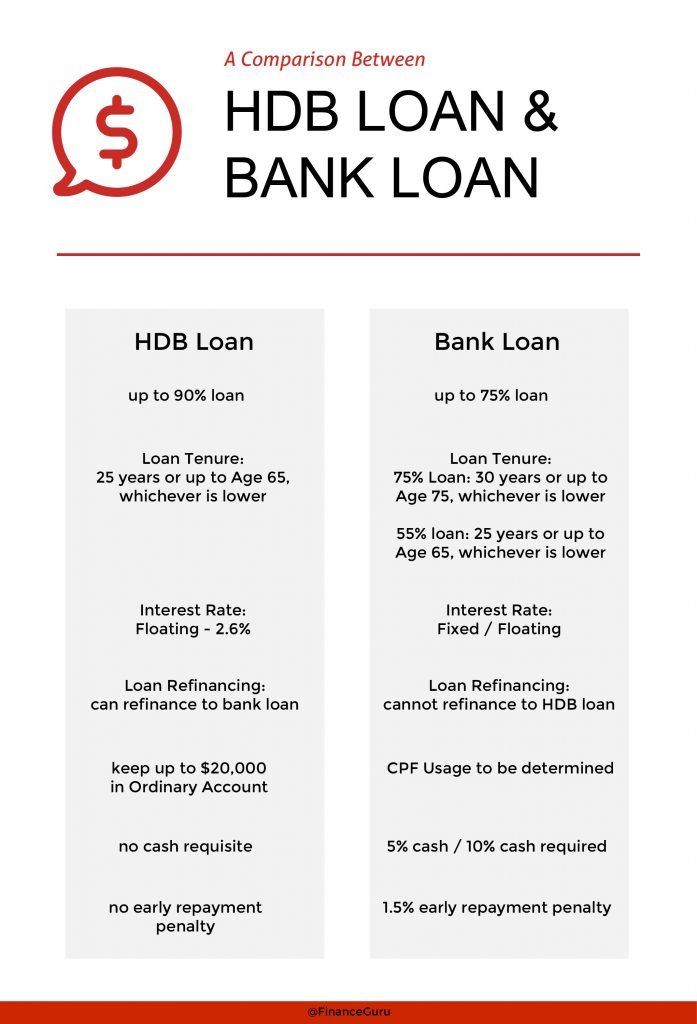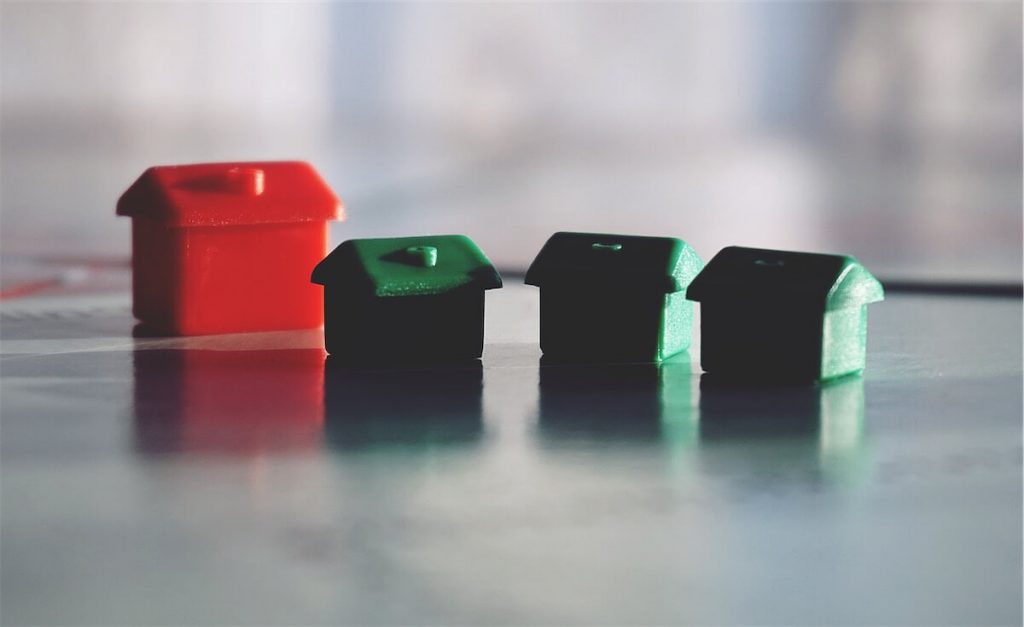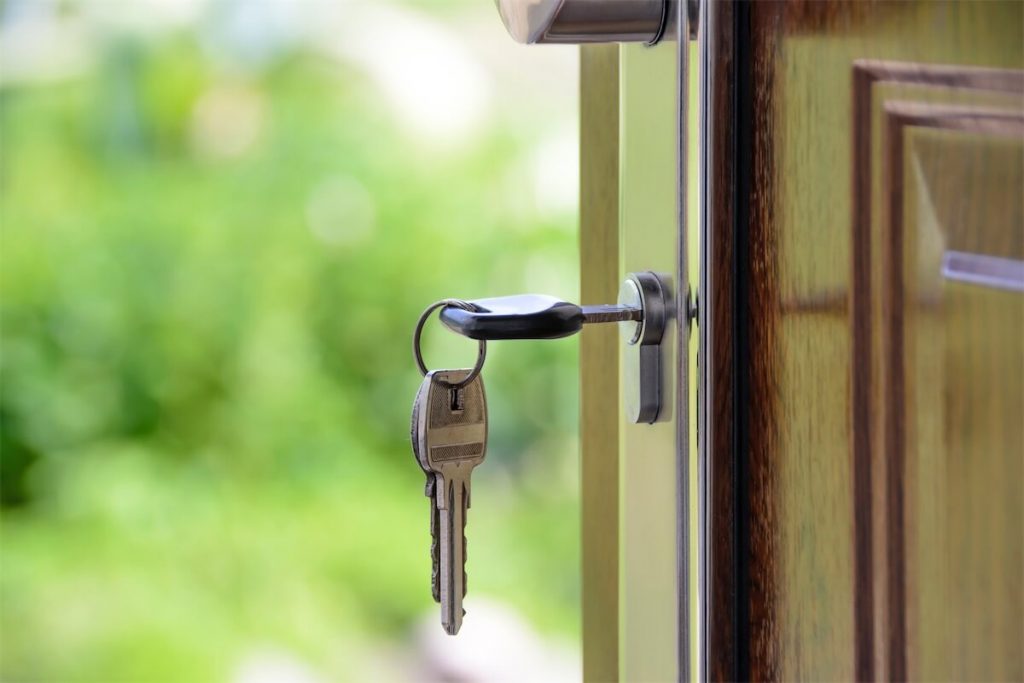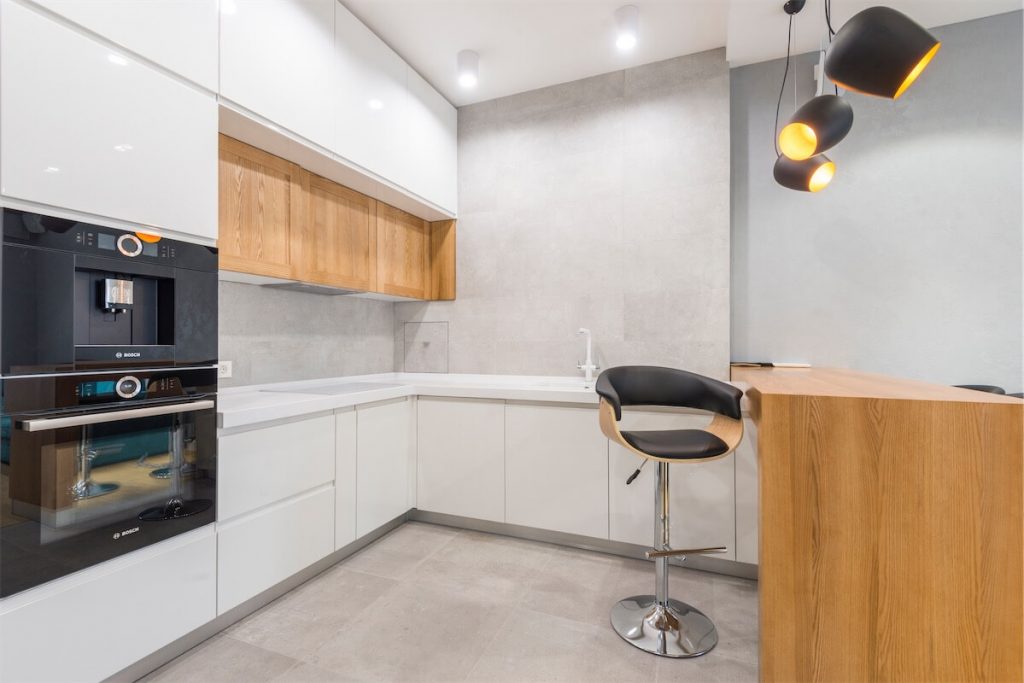Looking to buy a property with your spouse, a family member or a friend? Before committing yourself and putting money into the house, you’ve got to think carefully with your fellow co-buyers and decide wisely on the Manner of Holding. Manner of Holding refers to how your ownership of a property is registered on title. There are two key ownership options: 1) joint tenancy and 2) tenancy-in-common.
Choosing either one is a crucial decision with potential consequences, so you and your co-buyers need to understand each type of ownership fully. In this comprehensive article, we share the details of Manner of Holding and which ownership type suits you best.
Two types of holding: Joint tenancy and tenancy-in-common
1. Joint Tenancy
Under a joint tenancy, all the owners have an equal interest and rights in the property. No single owner can call the shots concerning any issues on the subject of the property (including the sale of it). This is regardless of who is making a more substantial financial contribution.
There’s also a right of survivorship. Upon the demise of any owner, regardless of whether they have a will, their share of the property would automatically be transferred to the other co-owners.
For example, Person A, Person B and Person C own a property under joint tenancy. In the unfortunate event of Person A’s demise, their share of the property will automatically be given to Persons B and C.

2. Tenancy-in-Common
Under tenancy-in-common, each owner has a clear-cut share of the property.
They have full autonomy over their cut of the property. This means that they’re solely responsible for any decision-making surrounding their ‘percentage’ of the house.
Should they decide to put their portion of the house up for sale, they do not need to go through the other owners.
For tenancy-in-common, there’s no right of survivorship. Upon the demise of any owner, their share of the property would automatically be assigned according to their will. Otherwise, it would be transferred to the beneficiaries following the Intestate Succession Act.
For example, Person A (50%), Person B (30%) and Person C (20%) own a property that is under tenancy-in-common. In the unfortunate event of Person A’s demise, their share of 50% will automatically be assigned according to their will, or the Intestate Succession Act’s provisions.
Which ownership option should you choose?
Both ownership options have their own pros and cons. Given that a joint tenancy is the default option, married couples opt for it without much consideration.
However, some couples may find themselves stuck at a crossroads when they want to buy a second property later on. They may wish to decouple to save on the Additional Buyer’s Stamp Duty (ABSD). Having said that, under a joint tenancy, decoupling can only take place after a divorce.

Conversely, all one has to do under the tenancy-in-common is to sell their portion to the other owners and the decoupling is completed.
It’s also important to note that certain requirements are necessary for a change of Manner of Holding. If you want to change the ownership from joint tenants to tenants-in-common, the property owners need to have a 50-50 share under the new ownership.
On the other hand, switching from tenancy-in-common to a joint tenancy is viable only if the property owners currently have an equal stake in it.
Find out how you can own a second property without paying ABSD here.
Does the Manner of Holding affect your home loan approval?
No, it does not. Only TDSR and MSR are essential in determining your home loan eligibility.
Total Debt Servicing Ratio (TDSR) restricts the amount you can borrow to finance your property loan to 60% of your gross monthly income. Your financial commitments will also be taken into account. These commitments include personal loans, car loans, study loans, equity loans and credit card bills.
Mortgage Servicing Ratio (MSR) limits the amount you can spend on your mortgage repayments to 30% of your gross monthly income. MSR is only applicable to HDB flats and Executive Condominiums (ECs), directly purchased from the developer.
Learn more about the differences between TDSR and MSR here.

If you’d like to be furnished with more information, feel free to contact us for a chat. Here at FinanceGuru, we seek to help you better prepare for your finances and the upcoming milestones in your life. Get a non-obligatory assessment and loan product recommendations here.


















